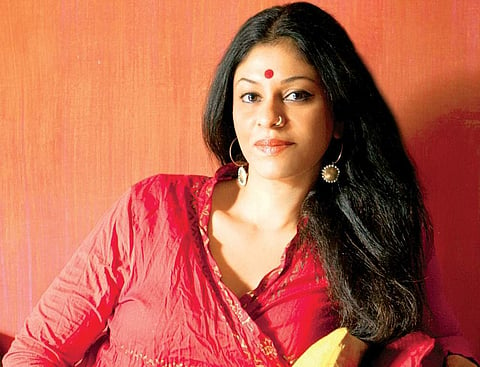

Are you ready to choose between monetary benefits and creative satisfaction? Only then choose dance, as you will never be able to compete with your peers on a monetary basis,” said the Sangeet Natak Akademi awardee Maya Rao to her daughter Madhu Nataraj, who now often gives the same advice to her students at Natya Institute of Kathak and Choreography. Madhu is the director of the company and also founded of Natya STEM Dance Kampni, both based in Bengaluru. While the latter is the curation and performing unit, the former is a 52-year-old dance training centre, which is revamping its Diploma in Choreography course, started in 1964.
“Something as physical as dance does not dwell in the virtual realm,” Nataraj says, when asked why we shouldn’t learn choreography off YouTube. “A creative writing course is between the pen, paper, and you. If you take it up online, you can get feedback through guides. But dance is physical, it’s movement. Only a teacher would note that you are tall and suggest the movement to be adapted in a certain way,” she says, making a case for learning through a guru.
She goes on to dole out the outline of the course, to be taught by 12 teachers apart from visiting faculty. An academic council which includes fashion designer Wendell Rodricks, arts entrepreneur Anita Ratnam, and several other “tangents of both traditional and contemporary teaching” provide timely feedback.
Not only the people but the elements added to the course also transverse disciplines. With subjects like music composition, production design, research and documentation which have to be learnt “to embody movement” apart from theoretical subjects like dance history, which too are important as “you have to know dance history because you have to create it as a dancer”. In one of the three semesters, the student is required to live in a Yakshagana Gurukul and document not just the movement but the story of the artist too. Also, one will have the opportunity to produce choreography to be seen by the public; one for mid-term and one for finals, which needs to deal with a social issue, because after all, “this course is not about sitting on the high seat of culture but dialoguing with the world around,” adds Nataraj.
